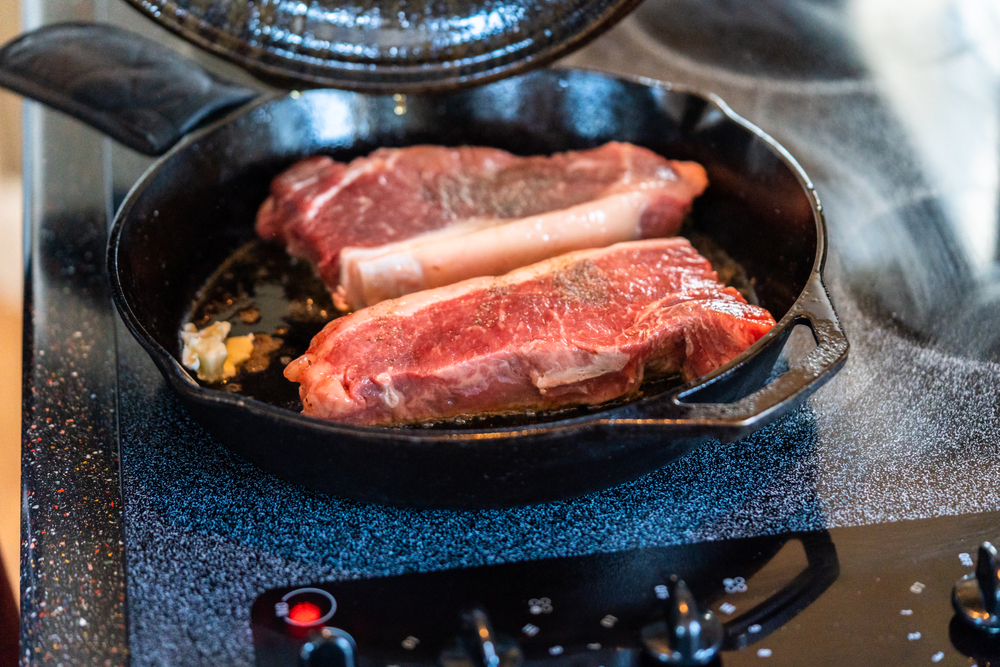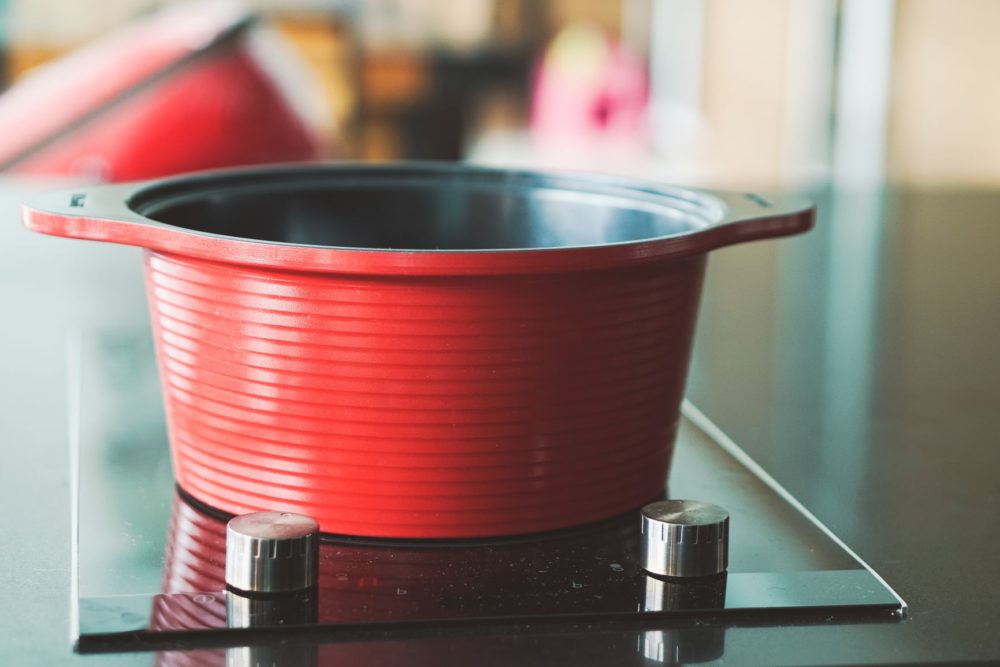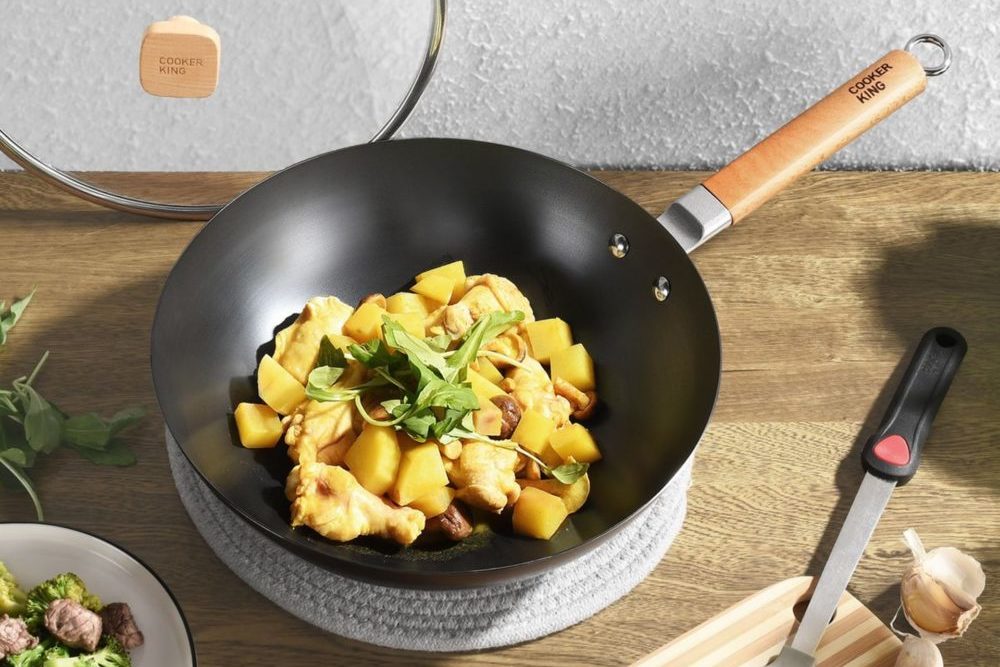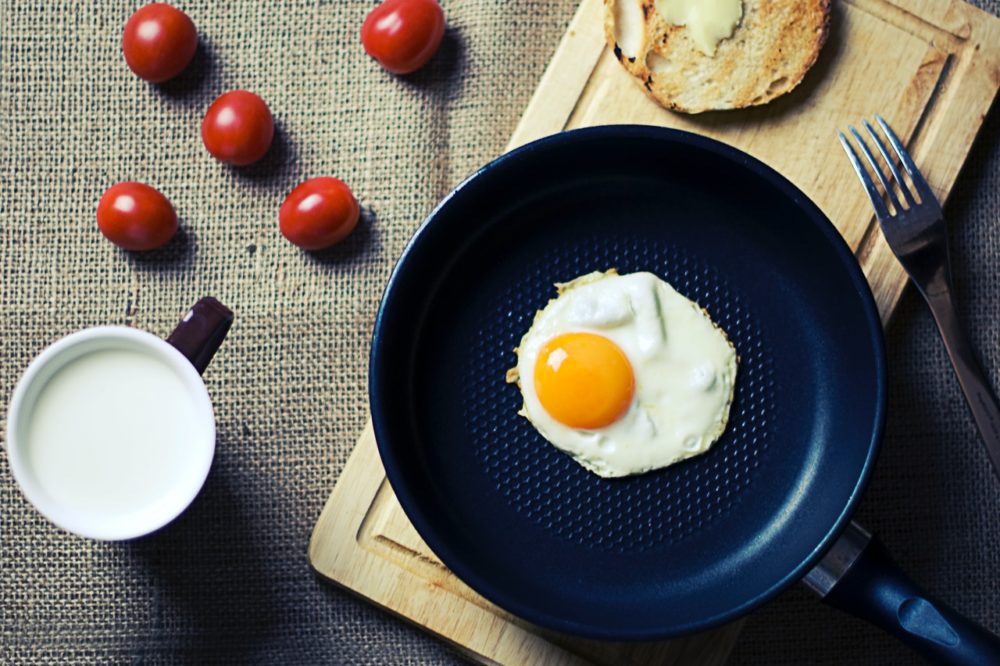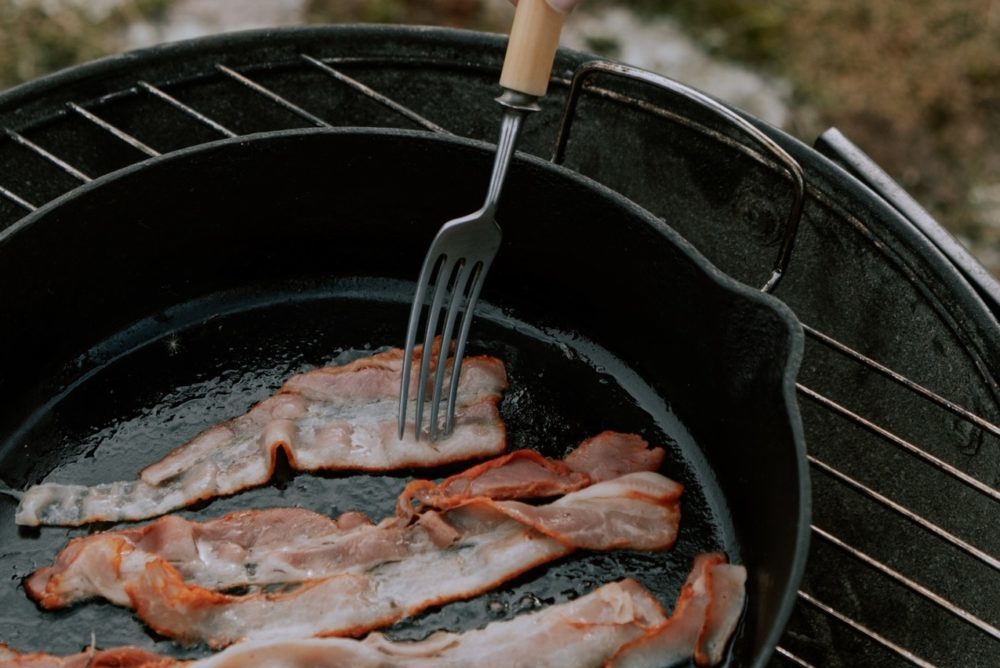Cast iron cookware is like the pickup truck of the kitchen. It’s heavy-duty, hard-wearing, and overtly muscly.
Whether you got your cast iron skillet from your grandmother or you’ve invested in a new one, you’ll want to take good care of the skillet. After all, they’re not cheap bits of kit!
Perhaps most commonly associated with perfectly searing and cooking steaks, the cast iron skillet is actually an extremely versatile piece of cookware.
It can be used to fry, bake, saute, and sear pretty much anything. And yes, it can be used in the oven.
Let’s take a closer look at cast iron and how they perform in the oven.
Properties of Cast Iron
The first thing to note is that cast iron is as tough as old boots. It is built to last and can take years of use and abuse.
There are a lot of rumors and myths surrounding cast iron cookware that causes people to regard cast iron as delicate.
If your cast iron skillet could talk, I imagine it would be screaming in outrage at that insulation! Cast iron is the toughest of the tough.
As well as being tough, cast iron is excellent at holding heat. Once it’s hot it stays hot which is why it’s ideal for cooking meat that needs consistently high temperatures.
One thing that cast iron does not do, is heat evenly. It tends to develop hotspots as it heats up. For this reason, cast iron is not a good choice for delicate dishes like fish or cream-based sauces.
Cast Iron in the Oven
You can place your skillet in the oven provided there is enough room for the pan and handle. Don’t make the mistake of trying to shut the oven door with the handle poking out.
If it’s a contest between oven glass and a cast iron handle, the handle will win!
I know it sounds ridiculous, but that very thing happened to the oven I shared with university friends. It was costly, and our landlord was less than pleased!
Another thing to consider is the weight of your skillet. Cast iron is heavy and it only gets heavier when you cook with it.
Depending on the location of your oven, you may need to lift the skillet to eye level or lower it to knee level.
Before you try to transfer your steak from the stove to the oven, make sure you can manage the weight.
Not only will you be bitterly disappointed to see your steak hit the floor but you’re putting yourself at risk of serious burns.
Don’t assume that just because you can lift the skillet onto the stovetop, you can lift it up or down to the oven.
Also, you’ll need to remember that when it comes time to take it out of the oven, you’ll need to be able to lift it with oven mitts on. They’re great for protecting your fingers but they’re less than ideal for grip!
In terms of watching your food, you don’t generally need to be hawk-like. Cast iron skillets remain at a constant temperature. If you know how long it needs to cook, you can, mostly, just leave it alone.
Seasoning Cast Iron
Even a cursory glance into cast iron cookware will show you how important seasoning is to your pan. This seasoning isn’t salt and pepper. In fact, it’s better to think about it as a coating.
The issue is that despite its strength and hardiness, cast iron is really clingy and reactive. Without a decent seasoning, the skillet is liable to rust, leech metal into acidic foods, and stick to whatever is placed in it.
To prevent this from happening, you need to use fat or oil to create a protective layer. Some new cast iron skillets will come pre-seasoned but it’s best to add a few extra layers just to be on the safe side.
The best way to season your skillet actually involves placing it in the oven.
When you get your new pan you need to give it a good old clean. Use soap and scrub it well but don’t use wire wool.
Once clean, dry it thoroughly. Use a towel to get all the surface water off. You’ll then need to place it over a burner for a few minutes to dry up any lingering wetness.
Now the seasoning can begin. Take some oil, fat, or shortening, whatever you prefer to cook with, and rub a thin layer all over the skillet.
Once the oil is in place, you’ll need to buff it into the skillet. Use some kitchen towel and some elbow grease to work the oil into the pan. By the time you’re finished, the pan shouldn’t really look greasy.
Now it’s time for the oven. Place the skillet upside down on a rack in your oven. You’ll want to put a tin or some foil underneath to catch the drippings.
The skillet should stay in the oven for about half an hour at 450°F. This will be hot enough to allow the oil to polymerize. It’s this polymerization that creates the protective, non-stick coating.
After half an hour, remove the skillet from the oven and repeat the oil and oven steps about 3 or 4 times. This will give it a thick enough seasoning to work with.
Do remember that when you’re repeating the steps, the skillet will be hot! Use oven mitts to hold it and mind your fingers when you’re buffing.
Your oven may get smoky during the seasoning. That’s normal. Put your extractor fan on or keep the windows open to stop fire alarms going off!
Final Thoughts
Cast iron skillets are hardy work-horses. They can take the heat of the oven in their stride.
In fact, when you think about the seasoning process, oven cooking actually makes them stronger!
So, next time you’re trying to finish off your steak or bake your Spanish omelet, don’t hesitate to throw that skillet in the oven and let it do its thing!

